Eduard Hogea
ExDDV: A New Dataset for Explainable Deepfake Detection in Video
Mar 18, 2025
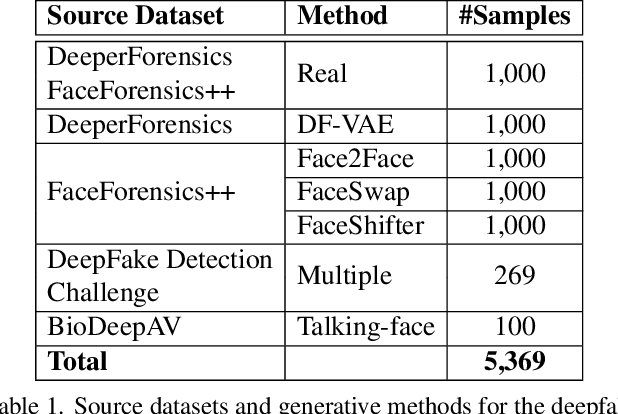

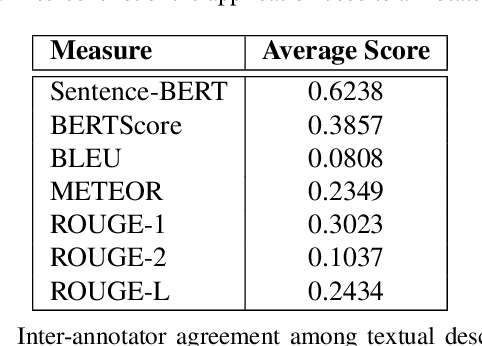
Abstract:The ever growing realism and quality of generated videos makes it increasingly harder for humans to spot deepfake content, who need to rely more and more on automatic deepfake detectors. However, deepfake detectors are also prone to errors, and their decisions are not explainable, leaving humans vulnerable to deepfake-based fraud and misinformation. To this end, we introduce ExDDV, the first dataset and benchmark for Explainable Deepfake Detection in Video. ExDDV comprises around 5.4K real and deepfake videos that are manually annotated with text descriptions (to explain the artifacts) and clicks (to point out the artifacts). We evaluate a number of vision-language models on ExDDV, performing experiments with various fine-tuning and in-context learning strategies. Our results show that text and click supervision are both required to develop robust explainable models for deepfake videos, which are able to localize and describe the observed artifacts. Our novel dataset and code to reproduce the results are available at https://github.com/vladhondru25/ExDDV.
ViTmiX: Vision Transformer Explainability Augmented by Mixed Visualization Methods
Dec 18, 2024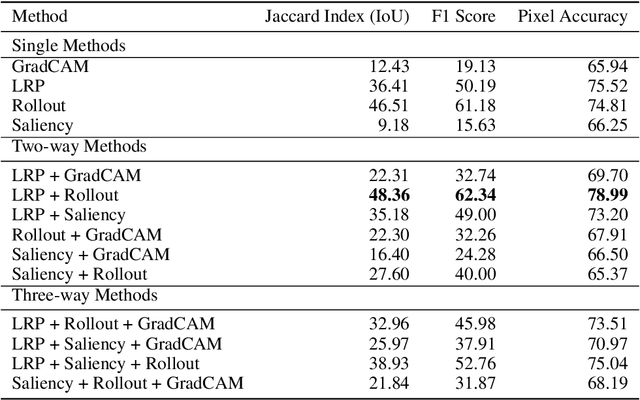
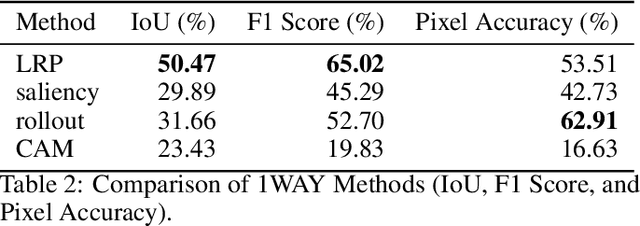
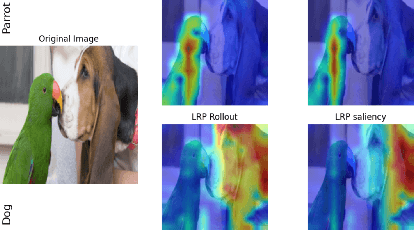
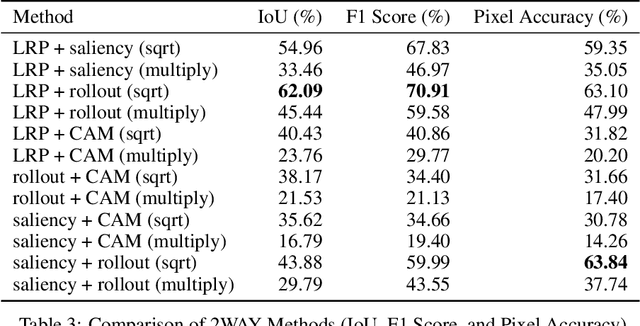
Abstract:Recent advancements in Vision Transformers (ViT) have demonstrated exceptional results in various visual recognition tasks, owing to their ability to capture long-range dependencies in images through self-attention mechanisms. However, the complex nature of ViT models requires robust explainability methods to unveil their decision-making processes. Explainable Artificial Intelligence (XAI) plays a crucial role in improving model transparency and trustworthiness by providing insights into model predictions. Current approaches to ViT explainability, based on visualization techniques such as Layer-wise Relevance Propagation (LRP) and gradient-based methods, have shown promising but sometimes limited results. In this study, we explore a hybrid approach that mixes multiple explainability techniques to overcome these limitations and enhance the interpretability of ViT models. Our experiments reveal that this hybrid approach significantly improves the interpretability of ViT models compared to individual methods. We also introduce modifications to existing techniques, such as using geometric mean for mixing, which demonstrates notable results in object segmentation tasks. To quantify the explainability gain, we introduced a novel post-hoc explainability measure by applying the Pigeonhole principle. These findings underscore the importance of refining and optimizing explainability methods for ViT models, paving the way to reliable XAI-based segmentations.
Enhanced Anomaly Detection in Automotive Systems Using SAAD: Statistical Aggregated Anomaly Detection
Jun 11, 2024
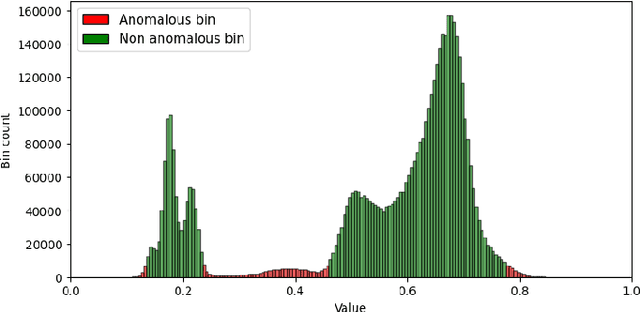
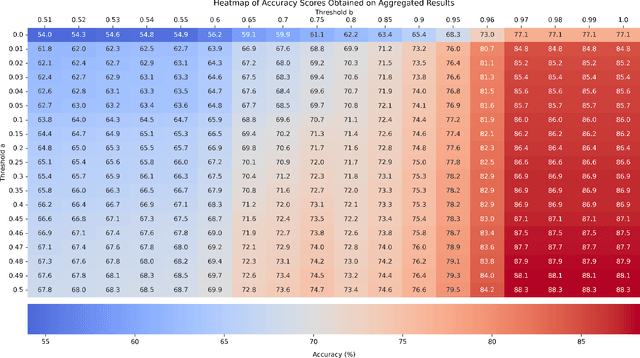
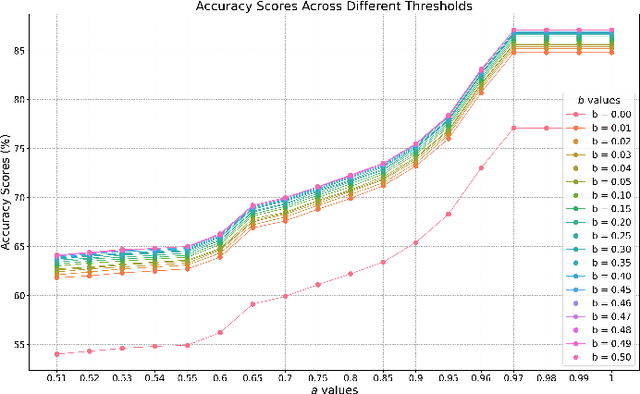
Abstract:This paper presents a novel anomaly detection methodology termed Statistical Aggregated Anomaly Detection (SAAD). The SAAD approach integrates advanced statistical techniques with machine learning, and its efficacy is demonstrated through validation on real sensor data from a Hardware-in-the-Loop (HIL) environment within the automotive domain. The key innovation of SAAD lies in its ability to significantly enhance the accuracy and robustness of anomaly detection when combined with Fully Connected Networks (FCNs) augmented by dropout layers. Comprehensive experimental evaluations indicate that the standalone statistical method achieves an accuracy of 72.1%, whereas the deep learning model alone attains an accuracy of 71.5%. In contrast, the aggregated method achieves a superior accuracy of 88.3% and an F1 score of 0.921, thereby outperforming the individual models. These results underscore the effectiveness of SAAD, demonstrating its potential for broad application in various domains, including automotive systems.
The ethical situation of DALL-E 2
May 29, 2024Abstract:A hot topic of Artificial Intelligence right now is image generation from prompts. DALL-E 2 is one of the biggest names in this domain, as it allows people to create images from simple text inputs, to even more complicated ones. The company that made this possible, OpenAI, has assured everyone that visited their website that their mission is to ensure that artificial general intelligence benefits all humanity. A noble idea in our opinion, that also stood as the motive behind us choosing this subject. This paper analyzes the ethical implications of an AI image generative system, with an emphasis on how society is responding to it, how it probably will and how it should if all the right measures are taken.
FeTrIL++: Feature Translation for Exemplar-Free Class-Incremental Learning with Hill-Climbing
Mar 12, 2024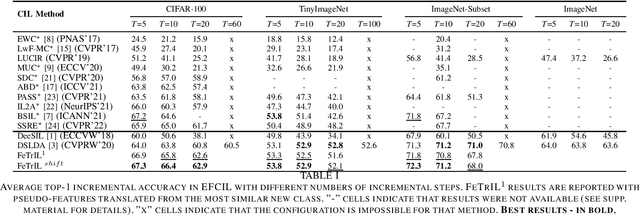
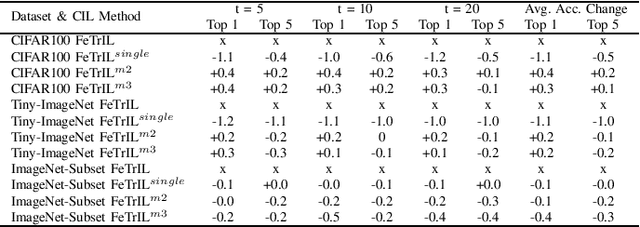
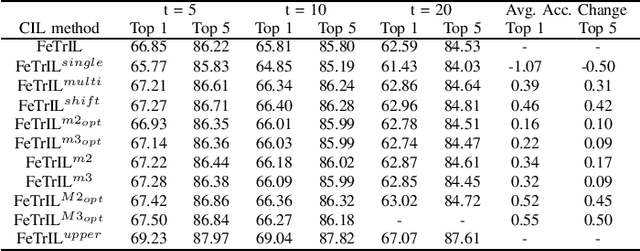
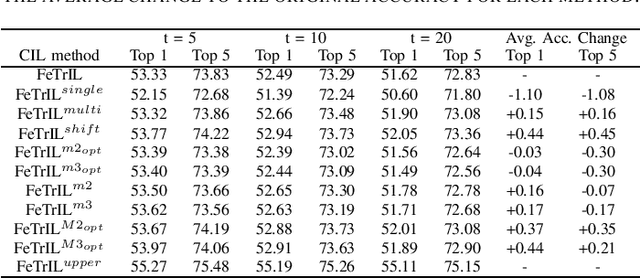
Abstract:Exemplar-free class-incremental learning (EFCIL) poses significant challenges, primarily due to catastrophic forgetting, necessitating a delicate balance between stability and plasticity to accurately recognize both new and previous classes. Traditional EFCIL approaches typically skew towards either model plasticity through successive fine-tuning or stability by employing a fixed feature extractor beyond the initial incremental state. Building upon the foundational FeTrIL framework, our research extends into novel experimental domains to examine the efficacy of various oversampling techniques and dynamic optimization strategies across multiple challenging datasets and incremental settings. We specifically explore how oversampling impacts accuracy relative to feature availability and how different optimization methodologies, including dynamic recalibration and feature pool diversification, influence incremental learning outcomes. The results from these comprehensive experiments, conducted on CIFAR100, Tiny-ImageNet, and an ImageNet-Subset, under-score the superior performance of FeTrIL in balancing accuracy for both new and past classes against ten contemporary methods. Notably, our extensions reveal the nuanced impacts of oversampling and optimization on EFCIL, contributing to a more refined understanding of feature-space manipulation for class incremental learning. FeTrIL and its extended analysis in this paper FeTrIL++ pave the way for more adaptable and efficient EFCIL methodologies, promising significant improvements in handling catastrophic forgetting without the need for exemplars.
Neuro-symbolic model for cantilever beams damage detection
May 04, 2023Abstract:In the last decade, damage detection approaches swiftly changed from advanced signal processing methods to machine learning and especially deep learning models, to accurately and non-intrusively estimate the state of the beam structures. But as the deep learning models reached their peak performances, also their limitations in applicability and vulnerabilities were observed. One of the most important reason for the lack of trustworthiness in operational conditions is the absence of intrinsic explainability of the deep learning system, due to the encoding of the knowledge in tensor values and without the inclusion of logical constraints. In this paper, we propose a neuro-symbolic model for the detection of damages in cantilever beams based on a novel cognitive architecture in which we join the processing power of convolutional networks with the interactive control offered by queries realized through the inclusion of real logic directly into the model. The hybrid discriminative model is introduced under the name Logic Convolutional Neural Regressor and it is tested on a dataset of values of the relative natural frequency shifts of cantilever beams derived from an original mathematical relation. While the obtained results preserve all the predictive capabilities of deep learning models, the usage of three distances as predicates for satisfiability, makes the system more trustworthy and scalable for practical applications. Extensive numerical and laboratory experiments were performed, and they all demonstrated the superiority of the hybrid approach, which can open a new path for solving the damage detection problem.
 Add to Chrome
Add to Chrome Add to Firefox
Add to Firefox Add to Edge
Add to Edge